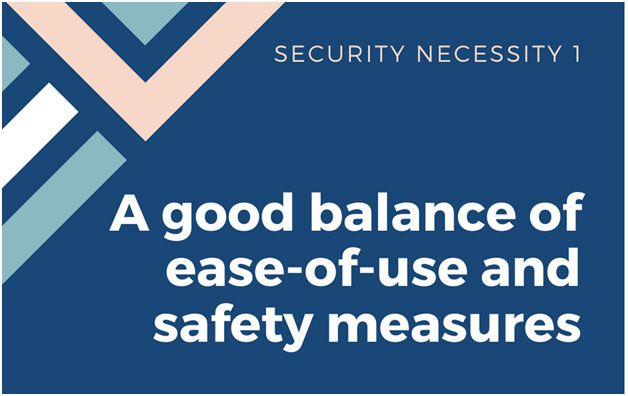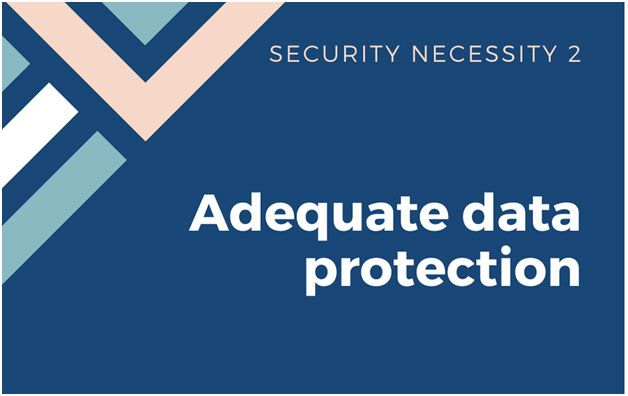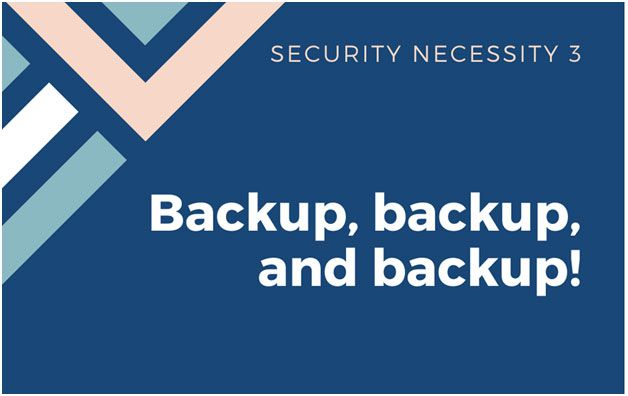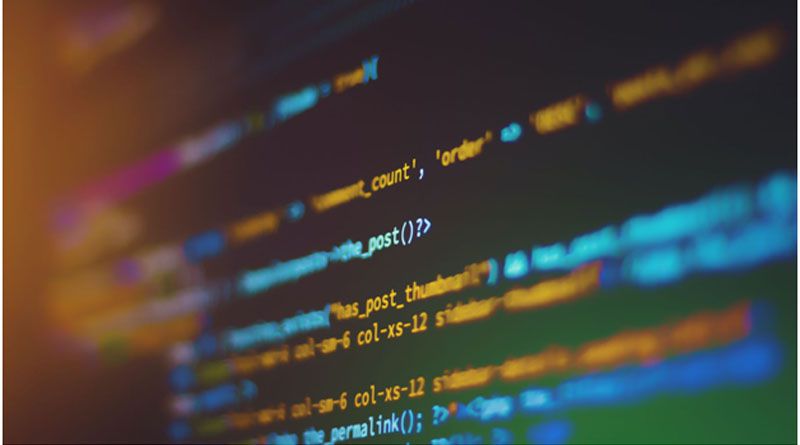The Software as a Service (or SaaS) industry has grown astronomically in recent years, fueled by the rapid expansion of tablet computers and smartphones, fast and widespread Internet access, and the popularity of cloud computing.
In 2018 alone, SaaS business sales worldwide grew by approximately 23% or $72 billion from its previous year, giving credence to the belief that this model is here to stay.
Of course, with such a large share of the pie, it’s only a matter of time before thieves get a whiff.
Hacking attempts have largely kept up with the SaaS phenomenon. The nature of the business itself, especially its ties to a company’s private information, makes this a particularly appealing target to use for blackmail, identity theft, or unauthorized withdrawals.
The problem is that most business owners aren’t cybersecurity experts, nor do they have the patience to pursue such a noble goal. This is where third-party platforms can be used in order to leverage their skills and save you time and money.
While there are countless tools available on the internet to help you manage your IT toolkit, in this guide, we’re going to check out Torii, one of the most reliable SaaS management platforms in the industry.
The platform doesn’t just focus on helping companies centralize and streamline their SaaS applications, such as widely-used Human Resource (HR) software. It has security features that prevents cybercriminals from hacking into a company’s network.
As we glean into the platform’s security features, we can get a better understanding of how you can organize your SaaS toolkit to avoid getting hacked.
Let’s hop right in.
Necessity 1: Easy to access, but safe from tampering
The beautiful thing about Torii is that it doesn’t sacrifice convenience for the sake of security and vice versa—both have their priorities.
When convenience is concerned, Torii identifies all the applications that your company is using, from your team calendar to your reliable customer service software.
It lays them out in an organized user interface and allowing the administrator to identify who is using which app and for how long (among other pertinent information).
Most importantly, Torii also shows how much money is being spent on each app, complete with a historical chart for comparison. This is obviously very important, since you want to track which software has the biggest drain on your resources.
Data access control, however, is also necessary to prevent outsiders from hacking into your network and using the apps without permission.
It is also important if you share business-critical apps with service providers you work with, such as a social media marketing agency, to limit access and prevent unauthorized access.
Torii manages this via two methods:
- User Authentication and Passwords – all valid users are required to register and will be given a unique identification code and password. Both of these are then encrypted and salted using Bcrypt, a cryptographic hash function that protects data from brute-force attacks. Every time someone needs to access restricted resources, they will need to be authenticated first.
- SAML 2.0 Authentications – this is the protocol used to exchange authorization between those wishing to access the SaaS apps and those controlling it. The good thing about SAML is that it allows many different access policies such as Single Sign-On, whitelisting, and multi-factor authentication (MFA).
By having strict but easy-to-access data control, Torii can keep your SaaS ecosystem from getting hacked while simultaneously keeping it user-friendly.

Necessity 2: Prevent loss of data and information
Most companies are now storing their sensitive data not on their own servers and premises but rather through cloud computing via SaaS. Torii facilitates this transfer through its own interface and platform.
Despite being a very efficient way of doing business, cloud computing isn’t impenetrable. It may even be more porous and vulnerable depending on the way you handle your apps.
For instance, sharing access to third-party service providers, such as a social media marketing agency
- Establishing a hierarchy of risk is also crucial when working with third-party providers, such as a social media marketing agency, since you’ll need to share business-critical information with them.
Three principles that you can use to allow you to organize your SaaS ecosystem to prevent data loss and theft include:
- Hierarchy of risk – not all data are created equal. Some are more sensitive than others. It is therefore important for your company to determine which information deserves top security and which ones don’t.
- Internal policing – there needs to be rules and regulations within the company to determine which data goes in the SaaS cloud and under what conditions, whether highly-sensitive customer data or your secret to product descriptions that convert. Doing so prevents clueless personnel from accidentally uploading something that could be easily stolen or manipulated.
- Platform tools – if you manage your SaaS on a solid platform like Torii, you can make use of their platform tools to prevent data loss. For example, Torii hosts its database on Amazon’s cloud infrastructure and is secured using an industry-standard AES-256 encryption. Furthermore, they utilize Role Based Access Control (RBAC), which means that certain applications are restricted to high-level users. You can give employees a token ranging from anonymous to user-scope to organization scope. The platform will lock them out if they try to access data that is above their rank.
Data loss in the cloud is never a good thing. Protect it by organizing your SaaS ecosystem around the three guidelines mentioned above.

Necessity 3: Always backup everything!
Whatever can go wrong, always goes wrong! That not might be the most optimistic motto in life, but the norm for every company using SaaS in the cloud is to always backup everything.
Backup information including your business system data to the list of reliable freelancers and agencies you purchase articles from.
Regular backups helps ensure that if in case something catastrophic does happen, you and your team will be well prepared.
The ideal backup system takes into account the following properties:
- Reliability – primarily, the backup system used has to work well. Torii is built on top of Amazon’s Aurora database engine, a proven service that is especially made for cloud computing.
- Quick restoration – once the data has undergone backup, it’s essential that the user can access it as quickly as possible. It wouldn’t do much good to be able to save information but have ridiculously slow retrieval times.
- Automaticity – there has to be an option for the system to backup data on a scheduled basis without the need for manual intervention. Humans tend to forget, but the computer shouldn’t.
When your SaaS environment is partnered with Torii, you can leverage their use of Amazon Aurora and their frequent backup testing to make sure that your data is secured no matter what calamity hits.

Conclusion
While SaaS has been a major boon to the business industry, it is also just the latest victim for hackers to exploit. Avoid being one of the companies that suffers a data leak or infiltration in your SaaS apps.
If you’re still at a loss as how to best secure your SaaS usage, simply transfer to a good platform like Torii, whose in-house expertise you can leverage without breaking the bank.
Be safe and make the shift now.

Namaste UI collaborates closely with clients to develop tailored guest posting strategies that align with their unique goals and target audiences. Their commitment to delivering high-quality, niche-specific content ensures that each guest post not only meets but exceeds the expectations of both clients and the hosting platforms. Connect with us on social media for the latest updates on guest posting trends, outreach strategies, and digital marketing tips. For any types of guest posting services, contact us on info[at]namasteui.com.

